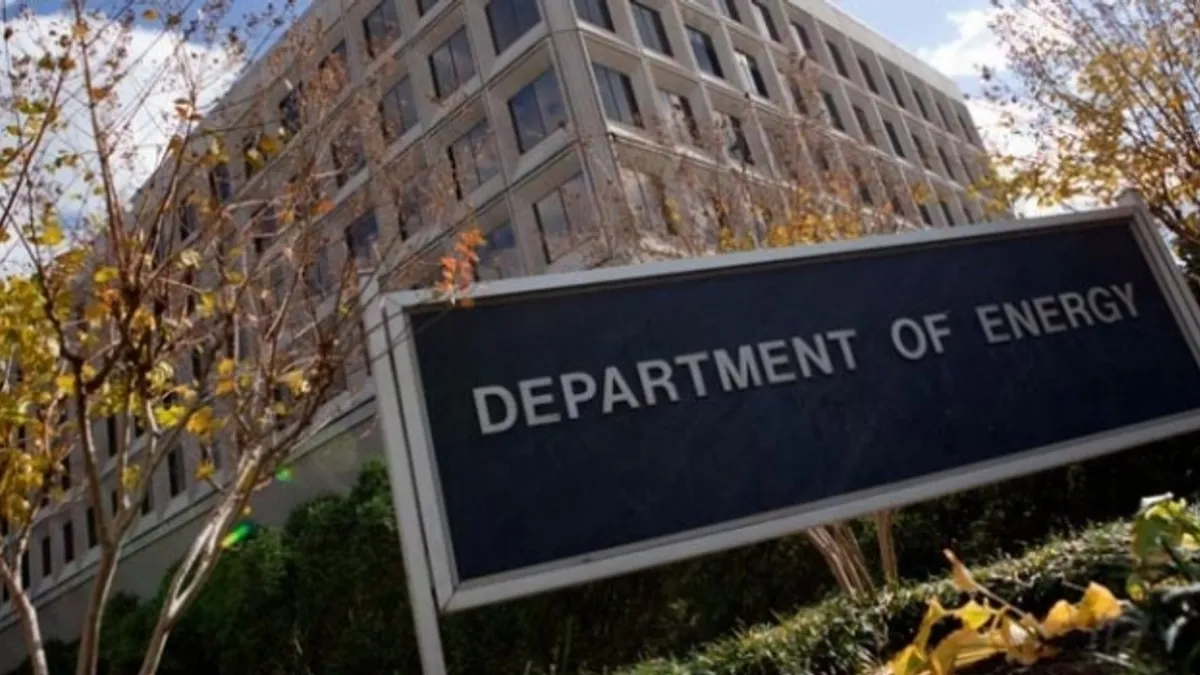The U.S. Department of Energy on Friday announced final rules for residential gas furnaces, angering conservatives and fossil fuel groups. Conservation advocates say the new standards will effectively phase out older models, and require new furnaces to use about 15% less energy than the least-efficient models available today.
The new standards will go into effect in late 2028 and require non-weatherized gas furnaces and those used in mobile homes to be 95% efficient. The more stringent efficiency requirements will cut household utility costs by $1.5 billion annually, DOE said, and save consumers $24.8 billion on energy bills over 30 years.
“At the direction of Congress, DOE is continuing to review and finalize energy standards for household appliances, such as residential furnaces, to lower costs for working families by reducing energy use and slashing harmful pollutants in homes across the nation,” Secretary of Energy Jennifer Granholm said in a statement.
Furnace efficiency standards were last updated in 2007. The new standards are “readily achievable by modern condensing furnaces, which use secondary heat exchangers to capture excess heat from the furnace’s exhaust gases,” the agency said.
Opponents of the stricter requirements say the rules will reduce consumer choice and drive up bills.
The American Public Gas Association said it is “extremely disappointed” DOE finalized a rule “that will directly harm consumers and undermine energy efficiency and emissions reductions.”
“The rule wrongfully drives costly fuel switching, as it bans a popular appliance technology — non-condensing furnaces — from the market,” APGA Vice President of Government Relations Stuart Saulters said in an email. “Without access to this technology, many consumers will be forced to replace their furnaces with costly retrofits, if even possible, or switch to electric alternatives. This policy is especially concerning for vulnerable, underserved communities, potentially forcing them to shift to electric furnaces, which are less affordable and efficient than the direct use of natural gas.”
The Air-Conditioning, Heating, and Refrigeration Institute said it is reviewing the rule to ensure that it meets the Energy Policy and Conservation Act tests of economic justification and technological feasibility.
Efficiency advocates welcomed the final rule, and say it will reduce average household costs by $350 over the life of an older-model furnace.
“It’s a major accomplishment for the Energy Department and one that’s going to make a real difference reducing bills and greenhouse gases,” Steven Nadel, executive director of the American Council for an Energy-Efficient Economy, said in a statement.
“Furnace technology advanced a long time ago, but the standards didn’t keep up. Until now. This is going to guarantee that all new models use proven energy-saving technologies,” said Andrew deLaski, executive director of the Appliance Standards Awareness Project.
DOE has issued proposed or final efficiency standards for 24 product categories this year. but experts say there are still dozens of efficiency standards scheduled for completion by late 2024, with many legally overdue and potentially holding back the United States from achieving its climate goals.















